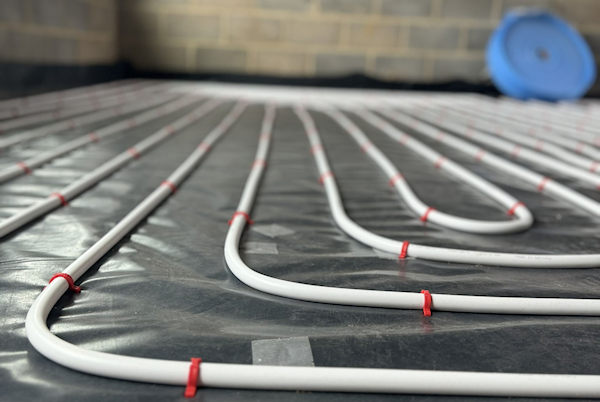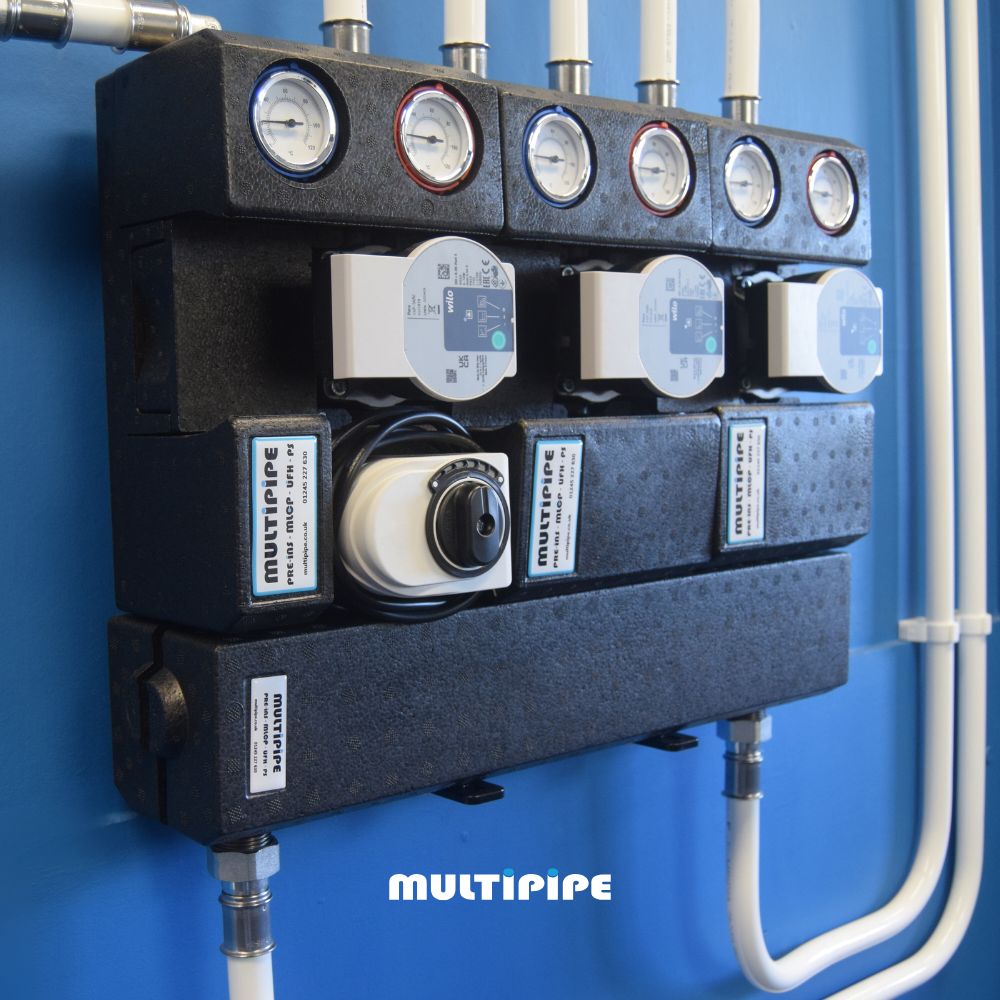
Do You Install Your Hot and Cold Pipes in Floors?
Most of you know the water regulation schedule, a government set document that lays out rules for installing (and manufacturing) pipes and fittings. In this article, I’ll look at one small paragraph: Schedule 2, section 7 under the heading of “Requirements for water fittings” to explain how you can install your hot and cold pipes in floors.
I have often seen and spoken to people about pipework in floors. However, when it comes to space heating (underfloor/rads etc.), it does not directly affect this (WRAS does not cover heating services). Still, I consider it good practice to adopt the principles of this regulation for radiators etc.
However, we should be more concerned about potable water (hot and cold-water supplies) as this water regulation is enforceable by law. Failure to meet these standards can result in fines or imprisonment, so ensure you read this carefully when embedding pipes and fittings in a wall or floor.
Ensuring You’re Regulation Compliant
I created this article to share my biggest concern surrounding what I see as a lack of awareness. One day, I mentioned the water regulation to a college lecturer and found he was not aware of it. This example may have been an isolated case, but standards will slip if we are not teaching the new plumbers of this world.
WRAS has made a convenient guide to break down the entire section of the regulations, so it is well worth reading (you can find the link below this article). First, however, I’ve broken down the key points you need to consider when laying a hot and cold system on a screed floor.
‘No water fitting shall be embedded in any wall or solid floor.’
Clarification:
“water fitting” – this refers to any fitting and includes the pipe.
“Embedded” – this means in direct contact with the screed or plaster.
To conform to this rule, we recommend that you either look at the installation of a manifold plumbing system, or you must look at boxing in any fittings under the floor, and this must then be accessible. As for the pipe, we recommend that you look at our pipe-in-pipe solution or sleeving the pipe yourself. Either way, the pipe should be free to be pulled out and replaced without having to dig up the screed.
Underfloor Heating Systems
NOTE: the pipe should sit above the insulation board to stop the risk of freezing. However, if you are to install a UFH system, the pipe in the pipe should be cut into the insulation board. The pipe should then be covered with an additional 25mm insulation layer to stop the risk of overheating the cold-water pipe.
No fitting designed to be operated or maintained, whether manually or electronically, or which consists of a joint, shall be a concealed water fitting. This rule means any valves or used devices (stop cock etc.) should not be covered. So, where you have valves in a wall or floor, they need to be boxed and have an accessible door).
‘Any concealed water fitting or mechanical backflow prevention device, not being a terminal fitting, shall be made of gunmetal or another material resistant to dezincification.’
All our fittings are made from a DZR material or come tin-plated. This method is to ensure that dezincification cannot happen.
If you’ve any more questions about installing hot and cold pipes in floors, our technical team are always here to help you out.
Ref: https://www.legislation.gov.uk/uksi/1999/1148/schedule/2/made
Ref: https://www.waterregsuk.co.uk/downloads/public_area/guidance/publications/general/info_leaflets/para_7_guidance_version_2_july_2014.pdf
READ MORE: How to bury pipes in the wall for a seamless look











